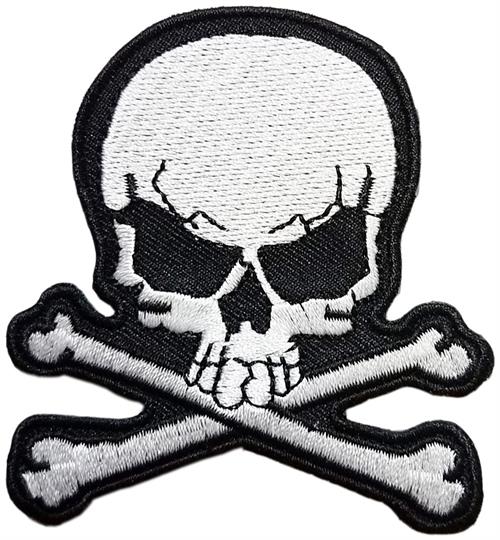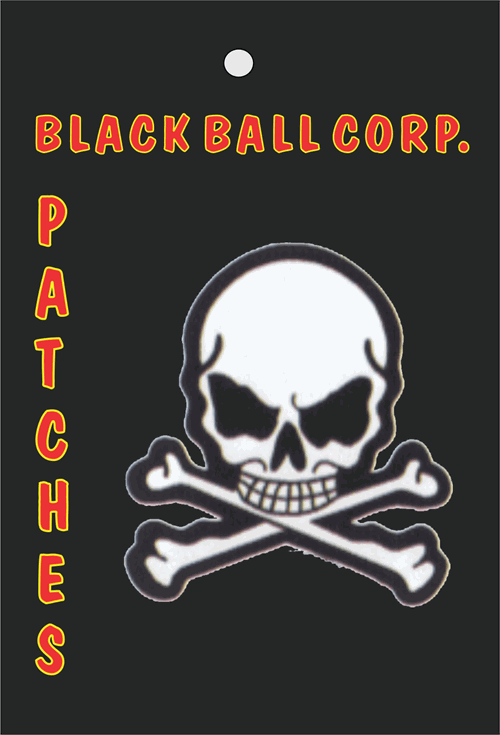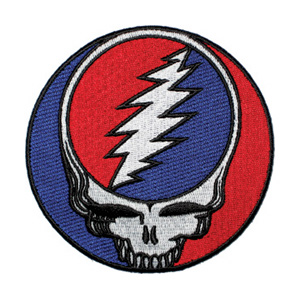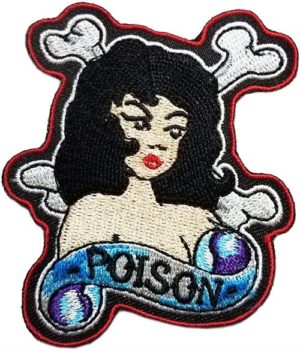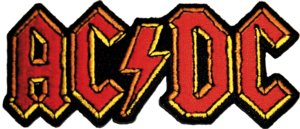Description
Calling all music lovers and fashion enthusiasts. Elevate your style with this embroidered SKULL and CROSSBONES Sew On Patch from our GOTHIC range.
These patches are the perfect accessory to add a touch of personality to your favourite jacket, backpack or hat. With a wide variety of shapes and sizes featuring your favourite bands and iconic symbols, you’ll be spoilt for choice.
Whether you choose to sew them on, pin them on, or get creative with glue, these patches will add a touch of rock and roll to any outfit.
So go ahead, make a statement with this embroidered SKULL and CROSSBONES Sew On Patch and let the world see what you’re in to.
The Skull and Crossbones symbol, as popular as it is, is also one of the most ambiguous of all symbols when it comes to its history. The symbols most commonly associated with the Jolly Roger, a flag emblazoned with a skull and crossbones that pirates would use to identify their ships. The symbol’s origin, however, is an unsolved mystery that leads historians back two thousand years.
The symbolism of the skull and crossbones has its traces in the ancient era. It was first seen on on the tomb of Tutankhamun in Ancient Egypt, with the cross-diagonal staff and crook.
It is widely believed that the skull and crossbones was first used by the Knights Templar in the Middle Ages. Its pacifist members became known for many good deeds, and also for the supposed introduction of the Skull and Crossbones. According to Masonic legend, the skull and crossbones are the bones of Jackes de Molay. In an effort to seize the riches of the Templars, the Church ordered that the society be disbanded. Jackes de Molay, the 23rd and last Grand Master of the Knights, was burned alive by the Church. When three Templars came looking for his bones, they found only his skull and femurs. By this time the Templars had become accomplished mariners, and the skull and femurs of the last Grand Master became their nautical symbol – the Jolly Roger.
The legend of the Skull of Sidon also contains some clues to the Jolly Roger’s relationship with the Knights Templar. The Lord of Sidon, himself a Templar, lost his love. On the night of her burial, the Templar snuck to back to her grave and dug up her body. At the same time, he heard a voice instructing him to return after nine months to find a son. Nine months later, the Templar dug up her grave to find a head resting on the skeleton’s femurs. The same voice told him to guard the head, because it would bless all of his endeavours, and defeat any enemies before it. The symbol of the son, or the skull and crossbones, became the protecting genius for the Templar. What should be noted here is that the port of Sidon had always nested pirates. Therefore, the skull and the crossbones could have been used as a symbol for the pirate flag before the time of the Knights Templar.
SOURCE: My Safety Sign
